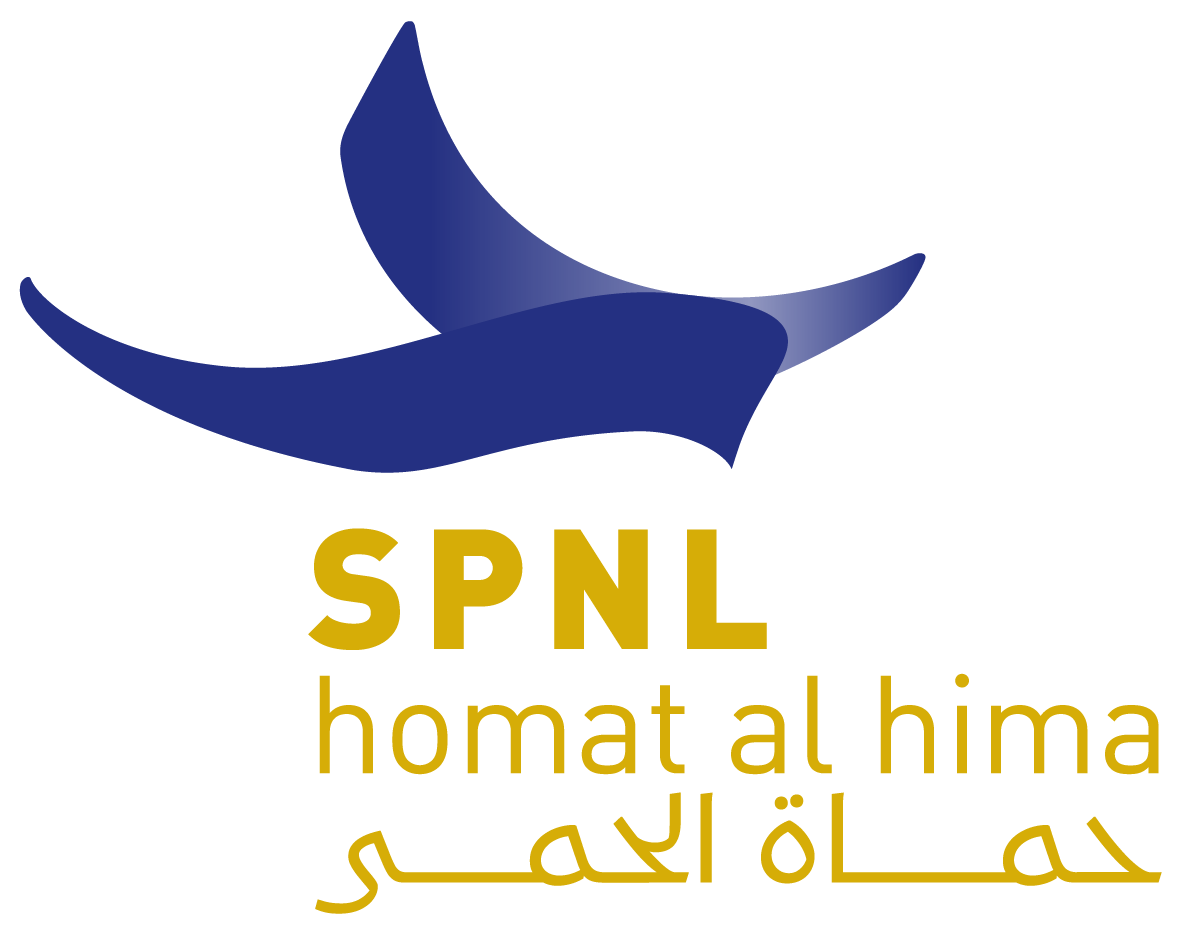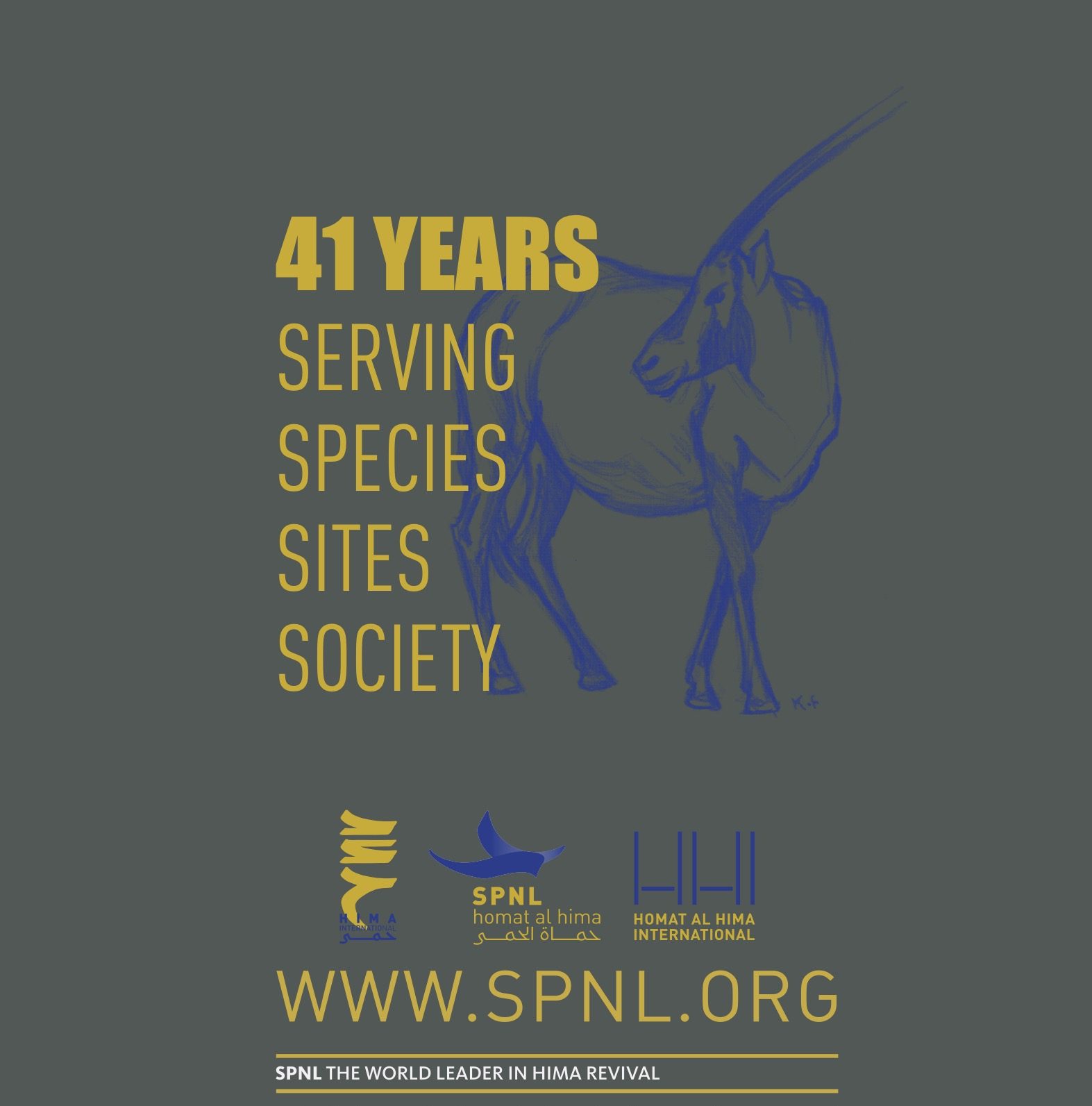Location:
West Bekaa at the foot of Mount Lebanon and stretching across to the Litani River at 865m. Total area: 280ha approx.
IBA Criteria met:
A1, A4i, A4iv
Explanation:
A1 The wetlands an important stop-over site for2 globally threatened spring migrants, Corncrake and Great Snipe and holds small numbers of another near threatened species, the Ferruginous Duck, in winter. A4i more than 5,000 White Stork are thought to fly over the site during spring/autumn migration seasons. A4iv In excess of 20,000 soaring birds pass over the marsh in both spring and autumn, including White Stork, White Pelican, Common Crane, and at least 31 species of raptor. Also, over45 species of bird associated with wetlands use the site, of which at least 15 breed. Number of species recorded: 256
Habitat:
The largest natural freshwater wetland in Lebanon. The marsh includes open water, reed bed and seasonally flooded grazing meadows.
Other wildlife interest:
Mammals including the Common Otter, Swamp Cat, Jackal and Wild Boar are found here with abundant amphibians and reptiles.

Threats:
Hunting,over-grazing,water abstraction, diversion of water/canalization, irrigation, agricultural intensification
Current conservation measures & future plans:
A Rocha Lebanon together with the landowners implement a management plan for approximately 2/3 of the site. This includes a hunting ban and controlled grazing. An Eco-tourism project is planned.









